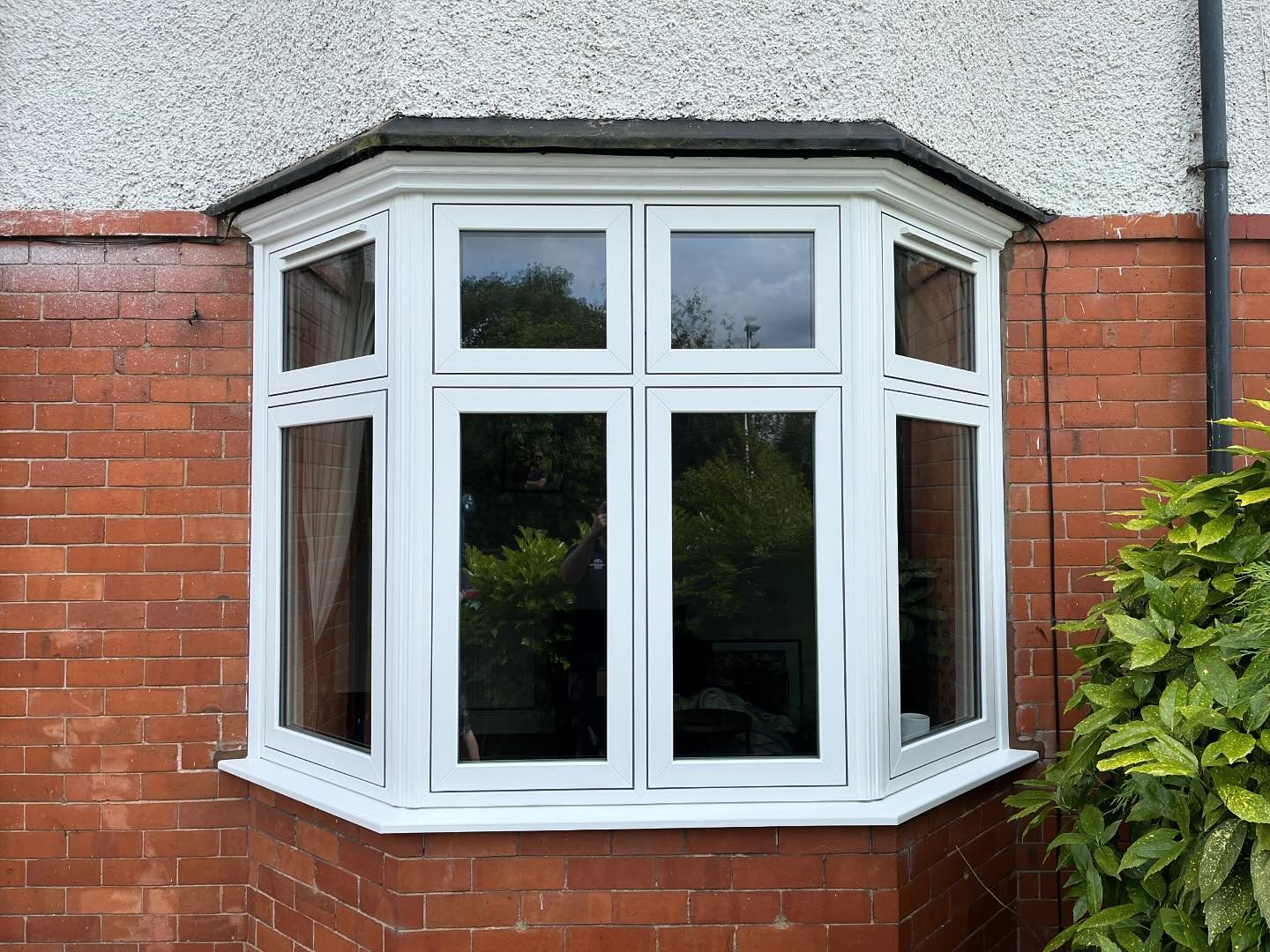Introduction
Glass balustrades have become increasingly popular in modern architecture and interior design due to their aesthetic appeal, safety features, and versatility. This report aims to provide an in-depth analysis of glass balustrades, exploring their design, benefits, materials, installation processes, and various applications in residential and commercial settings.

What Are Glass Balustrades?
Glass balustrades are barriers or railings made primarily from glass panels, supported by various structural elements such as metal, wood, or other materials. They serve both functional and decorative purposes, providing safety while allowing unobstructed views and natural light to flow through spaces. Commonly used in staircases, balconies, terraces, and swimming pools, glass balustrades can enhance the overall architectural design of a building.
Design Considerations
When designing glass balustrades, several factors must be considered to ensure both safety and aesthetic appeal:
- Safety Standards: It is crucial to adhere to local building codes and regulations regarding height, load-bearing capacity, and material specifications. Glass balustrades must be designed to withstand impacts and resist breaking.
- Glass Type: The choice of glass is vital. Tempered glass is the most commonly used type due to its strength and safety features. Laminated glass, which consists of two or more layers bonded together, offers additional security and sound insulation.
- Framing Options: Glass balustrades can be frameless, semi-framed, or fully framed. Frameless designs provide a sleek, modern look and maximize visibility, while framed options can offer additional support and design versatility.
- Clarity and Finish: The clarity of the glass, whether clear, frosted, or tinted, affects the overall look of the balustrade. The finish can also include textures or patterns to enhance visual interest.
- Post and Rail Systems: The choice of posts and rails can influence the overall aesthetics. Stainless steel, aluminum, and wood are popular materials that can complement the glass and the surrounding architecture.
Benefits of Glass Balustrades
Glass balustrades offer numerous advantages that contribute to their growing popularity:
- Aesthetic Appeal: The transparency of glass creates an illusion of space and openness, making areas feel larger and more inviting. They can be customized to match various design styles, from contemporary to traditional.
- Unobstructed Views: Glass balustrades allow for uninterrupted sightlines, making them ideal for properties with scenic views. This feature is particularly beneficial for balconies and terraces.
- Natural Light: By using glass, natural light can permeate spaces, reducing the need for artificial lighting during the day and enhancing the overall ambiance.
- Safety: When properly installed, Glass Balustrades (click this link now) provide a safe barrier that prevents falls, making them suitable for both residential and commercial applications. The use of tempered or laminated glass further enhances safety.
- Low Maintenance: Glass balustrades require minimal maintenance compared to other materials. Regular cleaning with appropriate solutions keeps them looking pristine without the need for repainting or sealing.
- Durability: High-quality glass balustrades are resistant to weather elements, UV rays, and corrosion, ensuring longevity and maintaining their appearance over time.
Installation Process
The installation of glass balustrades involves several steps:
- Planning and Design: Collaborating with architects or designers to create a detailed plan that meets safety standards and aesthetic goals.
- Measurements: Accurate measurements are essential to ensure that the glass panels fit correctly and are securely installed.
- Structural Support: Assessing the existing structure to determine the appropriate support system for the glass panels, which may involve installing posts or rails.
- Glass Fabrication: The glass is cut to size and treated as per the design specifications. This process may include tempering, laminating, and finishing.
- Installation: The glass panels are carefully installed, ensuring they are level and securely anchored. This may involve using clamps, brackets, or adhesive systems.
- Final Inspection: A thorough inspection is conducted to ensure that the balustrade meets safety standards and design specifications.
Applications
Glass balustrades are versatile and can be used in various settings:
- Residential: In homes, glass balustrades are commonly used for staircases, balconies, and pool areas, providing safety while enhancing the aesthetic appeal of living spaces.
- Commercial: In commercial buildings, glass balustrades are often found in shopping malls, offices, and public spaces, creating a modern and open environment.
- Outdoor Spaces: Glass balustrades can be used in outdoor settings such as patios, decks, and gardens, allowing for unobstructed views of the landscape.
- Public Buildings: In public buildings, such as museums, galleries, and airports, glass balustrades add a touch of elegance while ensuring safety and accessibility.
Conclusion
Glass balustrades represent a fusion of safety, functionality, and aesthetic elegance. Their ability to provide unobstructed views while ensuring safety makes them an ideal choice for a variety of applications. As architectural trends continue to evolve, glass balustrades are likely to remain a preferred option for both residential and commercial spaces. By understanding their design considerations, benefits, installation processes, and applications, stakeholders can make informed decisions that enhance the beauty and functionality of their environments.

